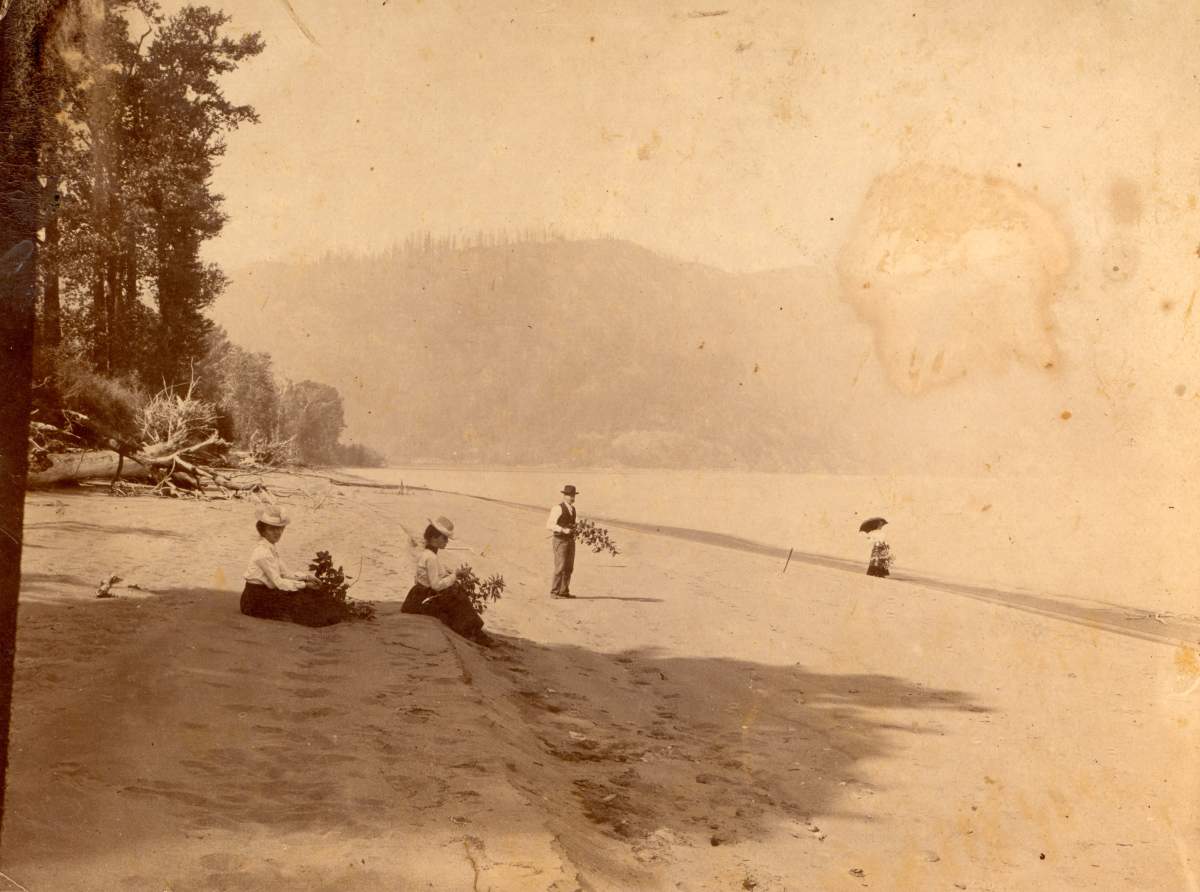One hundred years after the Sumas Lake was drained to accommodate the farming interests of colonizing settlers, the area between Abbotsford and Chilliwack is under water once more.

The Sumas Prairie was drenched this week after 48 hours of torrential rain, which swallowed homes, cars and agricultural infrastructure, as well as displaced thousands.
It’s a disaster Sumas First Nation Chief Dalton Silver feels may have been averted, if care of the lands and the original lake had been left to its original Semá:th stewards.
“Our people at the time couldn’t comprehend why someone would want to drain a lake and change or alter Mother Nature is such a way,” he told Global News. “That would be a disaster.”

The Sumas Lake, whose original name is Semá:th Lake, was drained in the 1920s to create and irrigate new farmland in the Fraser Valley.

Get daily National news
The Sumas Prairie then became home to about 3,000 people, while Sumas First Nation members were pushed onto a reserve.
“It was devastating for our people at the time,” Silver said. “It’s been said by past chiefs and by elders, it was more or less like taking away our supermarket, our shopping centre.”
The Sumas Lake was fertile — home to salmon, sturgeon, freshwater mussels, trout, crayfish, and other food species, said Silver. It also had small islands, where hunters in canoes would hunt deer.

Settlers built a pumphouse and dam to protect the new prairie, as the nearby Fraser River sits on higher ground.
In modern times, the Barrowtown Pump Station has worked full-time to keep the prairie dry.
Volunteers were forced to sandbag the pump station this week amidst rising water levels that forced hundreds of people in the region to evacuate their homes.
As of Thursday, the water in Sumas Prairie was still rising and evacuations were ongoing as water from Washington state’s Nooksack River continued to flow northeast across it.
According to Chad Reimer, author of Before We Lost The Lake, A Natural and Human History of Sumas Valley, this week’s catastrophic weather event is a reminder that “environmental forces” must be respected, particularly in land-use planning.
“It shows to me at least that this lake that we thought was gone 100 years ago — it still can come back,” he said. “We have to be conscious that we’re not just on a flood plain, we’re on the bottom of a lake.”

Sumas First Nation was not evacuated as the land it now occupies sits on higher ground. Potable water is not a concern, said Silver, but the health and future of the Semá:th ancestral territory is.
“Our perspective is that we should be looking after everything around us that looks after us, which means the salmon, the animals, everything else,” he said. “We are the land and the land is us.”
The government must recognize Semá:th title to the land, he added.






Comments